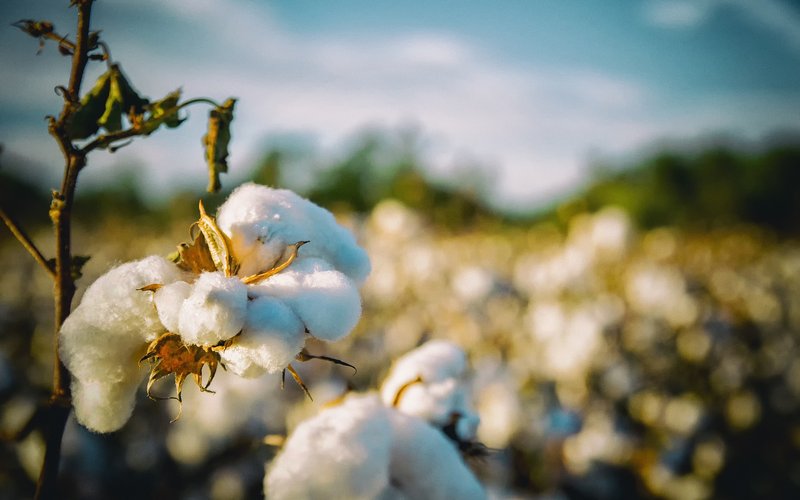The U.S. Food and Drug Administration has given the green light to ultra-low gossypol cottonseed (ULGCS) to be utilized as human food and in animal feed. Keerti Rathore, a plant biotechnologist at Texas A&M University and his team have developed, tested and obtained deregulation for the transgenic cotton plant, TAM66274.
TAM66274 is a unique cotton plant with ultra-low gossypol levels in the seed which makes the protein from the seeds safe to consume, but also maintains normal plant-protecting gossypol levels in the rest of the plant, making it ideal for the traditional cotton farmer.
“The amount of protein locked up in the annual output of cottonseed worldwide is about 10.8 trillion grams,” said Rathore to Texas A&M Today. “That is more than what is present in all the chicken eggs produced globally, and enough to meet the basic protein requirements of over 500 million people.”
Up to now, the ability to utilize protein-rich cottonseed for food or even as feed for the non-ruminants was not possible because of the presence of a toxic terpenoid, gossypol. With the development and approval of the ULGCS, gossypol is no longer a deterrent.
Rathore said initially low-gossypol cottonseed protein can be used by two of the most efficient systems to convert feed protein into edible animal protein: aquaculture and the poultry industry. “Both of these industries are experiencing high rates of growth and are likely to continue growing for the foreseeable future,” Rathore said.
With expanded use of ULGCS for human nutrition either directly as food or indirectly as feed, the cotton plant can potentially become a dual-purpose crop that will be cultivated not only as a source of natural fiber, but just as much for its seed to be used as a source of oil as well as protein, Rathore said. “Another potential benefit is that ULGCS, by serving as a substitute for fishmeal, will positively impact the environment by reducing pressure on the severely strained supply of small, wild-caught ocean fish used as a source of feed in fish farms,” Rathore said.
Getting to this point took approval from two areas of government, non-regulated status for TAM66274 by the U.S. Department of Agriculture’s Animal and Plant Health Inspection Service and FDA approval. The approval from FDA enables cultivation and use of this promising new cottonseed product within the U.S.













